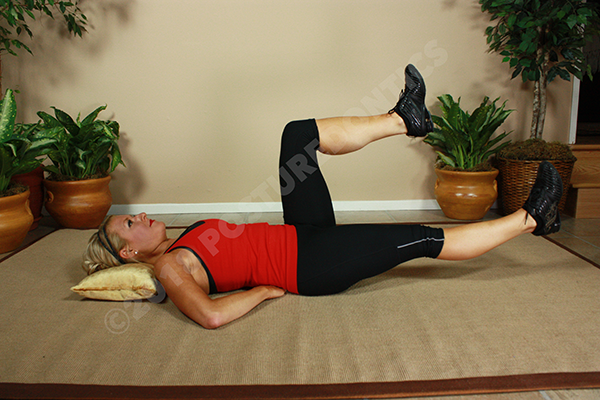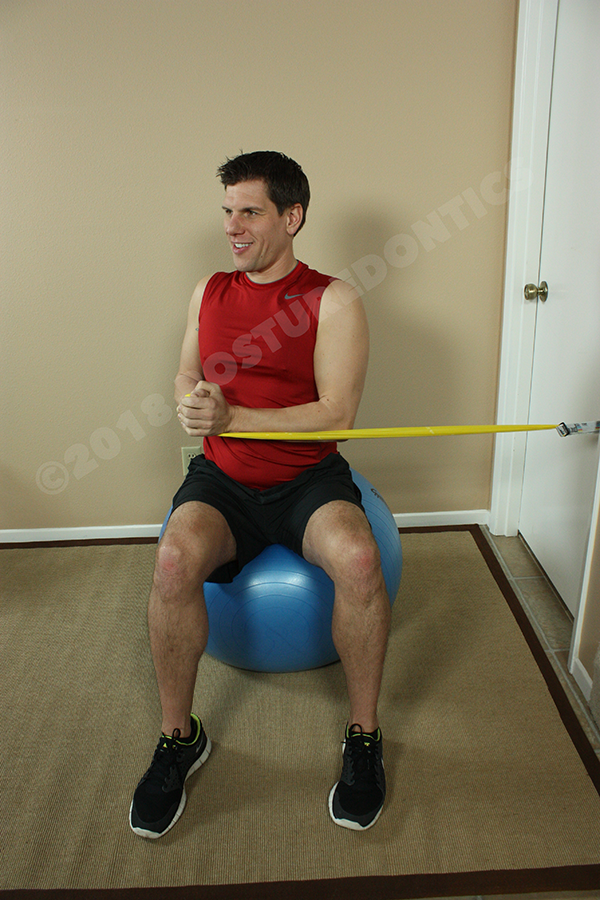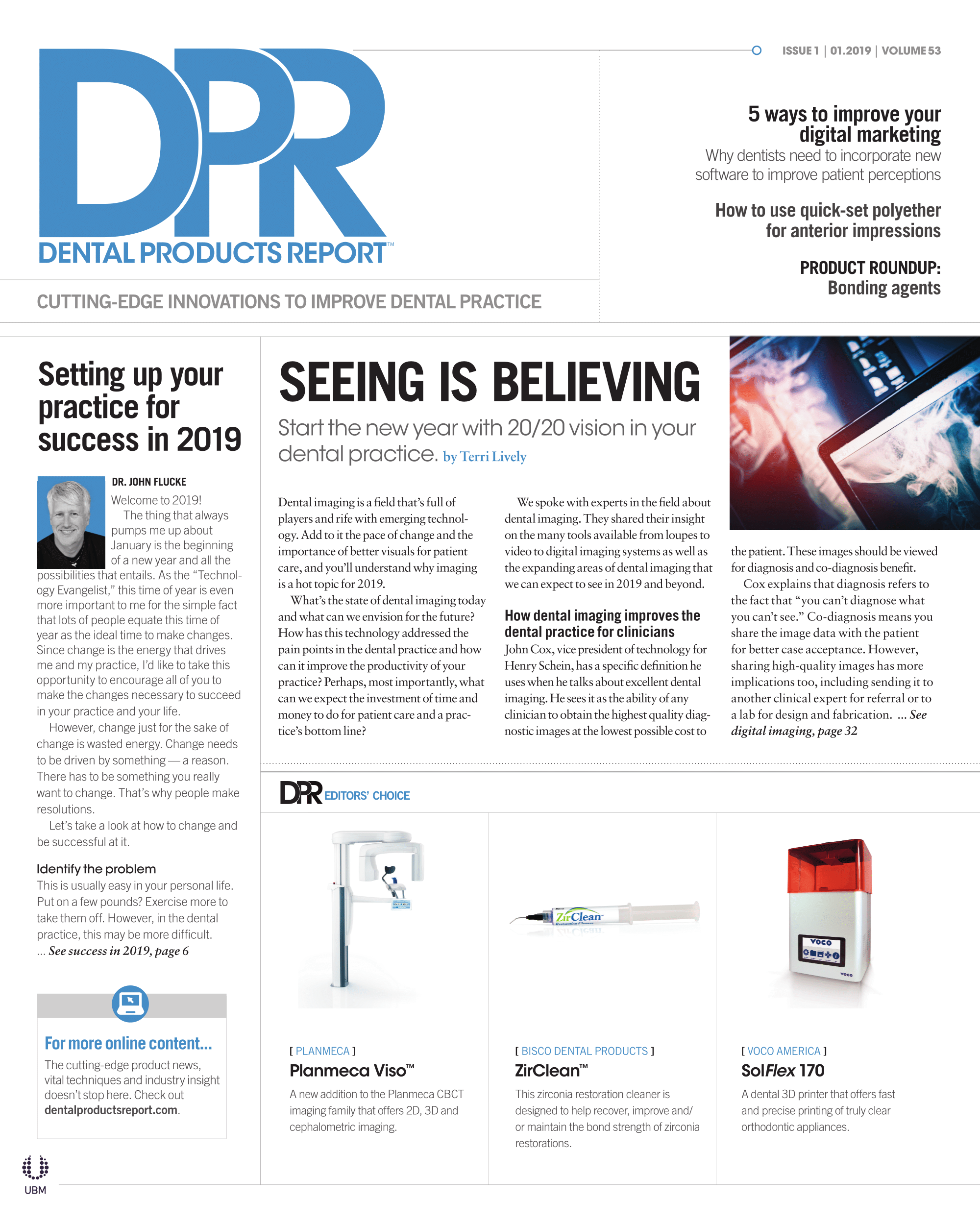3 steps to developing healthier habits in the new year
Solidify health practices by developing routine foundations

One of the most popular New Year’s resolutions is exercise, and research highly supports it:
- Live longer: People with the lowest levels of fitness suffered more than twice the death rate of those with a moderate level of fitness.
- Get happy: Exercising three to five days a week reduced depression among a group diagnosed with “major depressive disorder.”
- Sharpen your edge: Stop shrinkage of your brain and increase memory with at least three hours of brisk walking per week.
- Get creative: During exercise, the areas of the brain most filledwith blood and oxygen are those associated with creativity and memory.
- Chill out: The rhythmic nature of aerobic exercise stimulates the relaxation-response effect, which reduces stress.
- Slim down: The more muscle mass you have, the more calories you burn, which is why resistance training is a great way to lose weight.
How many of your New Year’s resolutions did you keep last year? One of the main reasons that people don’t keep their resolutions is that they don’t make the resolution a habit. Once something becomes a habit, it’s very easy to continue. Here are the three secrets to successful resolution-keeping.
1. Do something every single day - no matter how small
In order to develop a habit, your actions must be consistent and regular. This means doing an activity daily - every day of the week. Most people fail when they feel defeated after missing a couple of days, and their new routine is often a downward spiral from there. However, when we realize that we can succeed in rewiring our brain with only a five-minute “action item,” we’re much more likely to experience success and continue onward toward the goal. So if you’re not feeling well, you’re tired, or you’re short on time, remind yourself that you’re still succeeding and effectively retraining your mind with only five or 10 minutes of exercise. Most importantly, you aren’t dreading the activity, since you know that you can still succeed in creating the habit with minimal effort. You also don’t regularly experience failure since you know that if you do anything at all - no matter how small - you’re succeeding.
Trending article: The top 5 product test drives of 2018
2. Have a cue

In the book “The Power of Habit,” Charles Duhigg reveals studies showing that people are more likely to stick with a new routine if they pair it with a specific cue.
In other words, my morning exercise routine starts after I down a cup of coffee. My cue: the cup of coffee. What will your “cue” be in the new year to begin your exercise/stretching/yoga routine? When you pull into the garage after work? When your feet hit the floor in the morning?
Write down your cue and put it on the calendar. Isn’t your health as important as picking up Maddy after her soccer practice? One study showed that in a group of total knee rehab patients, those who wrote down their action plan and/or goals started walking almost twice as fast as the group who hadn’t written any goals. It’s possible to boost one’s willpower through such a simple action.
Continue reading on page 2...
3. What’s your reward?
You’re more likely to stick with a routine if you have a reward. Will it be a new pair of designer jeans (that’s one size smaller than your current ones)? An aromatherapy bath? A refreshing drink after your workout?
One famous example of the cue/reward cycle is the development of Pepsodent toothpaste. To get people to buy the toothpaste and brush their teeth, the “cue’ was to get people to run their tongue over their teeth, and the “reward” was the minty freshness of the toothpaste. It was wildly successful, as demonstrated by all the companies that have developed minty toothpastes in their wake.
When it comes to exercise, research shows that when people habitually start exercising, even as little as once a week, other un-related patterns start developing in their lives. They started eating better, became more productive at work, smoked less, and were more patient with friends and family. They found that exercise is a habit that triggers an overflow of good changes in other areas of one’s life.
Read more: Setting up your practice for success in 2019
Strengthening the wrong muscles is the most common mistake dentists make, and it can throw you into a vicious pain cycle. I developed a customized exercise program specifically for dentists. This program fuses the latest research on exercises that prevent low back, neck and shoulder pain with elements of biomechanics in the dental operatory, pilates, yoga and exercise physiology to create a highly specific and effective exercise routine that corrects the unique muscle imbalances that tend to develop in dental professionals.
My evidence-based CE video package, “Home Exercise for Dental Professionals,” helps dentists:
- Correct painful muscle imbalances
- Prevent neck and low back pain with research-based, proven exercises
- Work more comfortably
- Increase productivity
- Reduce fatigue
Make this the year that you’ll keep that New Year’s resolution, realize your goals and reap the benefits of good health.
Here are two exercises to prevent low back pain and get your year started off on the right foot.
Lower abdominals

Lie on your back with knees bent, feet on the floor and head on a small pillow. Place your hands under your low back and pull your navel toward your spine. You should now feel your back pressing into your hands. Be sure that you maintain this contraction throughout the exercise and don’t arch your back.
Lift one leg until the hip is at 90 degrees, then slowly straighten the same leg. Lightly touch the floor, hold, then return the leg to a 90-degree position. Repeat with the same leg five to 10 times. Make sure your neck stays relaxed. Repeat the exercise with the opposite leg.

Mini-rotations
Sit in neutral posture on the exercise ball, placing the door anchor at elbow level. Grasp the band with both hands just until the slack is taken up from the band. Pull your navel to your spine and hold the contraction. Bring your hands/arms to the sternum and rotate your arms and trunk together away from the door, then return. Perform 10-20 repetitions. This should be a slow, controlled and comfortable movement and there should be very little resistance. This is an excellent exercise for individuals with chronic low back pain. Turn and repeat in the opposite direction.
